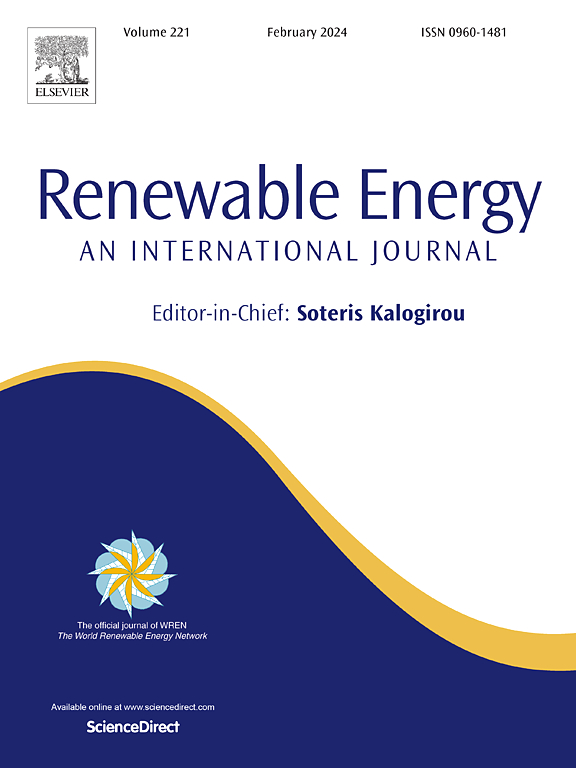Multi-software based dynamic modelling of a water-to-water heat pump interacting with an aquifer thermal energy storage system
IF 9
1区 工程技术
Q1 ENERGY & FUELS
引用次数: 0
Abstract
Aquifer thermal energy storage systems may support the decarbonization of heating and cooling energy needs of urban areas, not only in heating-dominated countries but also in Southern Europe. In this framework, this work investigates the adoption of an electric-driven heat pump interacting with an aquifer and activating a small-scale district heating and cooling network serving a mixed-use district of eight residential and office buildings in Rome (Italy). The dynamic behaviour of aquifer was replicated using the GeoSIAM software. Energy conversion systems and users’ thermal and cooling loads were simulated in TRNSYS 18. The dynamic models were integrated using an iterative approach based on conditions regarding plant operation and injection temperature in wells. The proposed solution was compared from the energy and environmental perspective with a traditional system without aquifer. In addition, the balance between heating and cooling mode operation was assessed. The results obtained encourage the adoption of aquifer thermal energy storage systems in Central Italy. Indeed, the primary energy saving, and the carbon dioxide emissions avoided are equal to 18 %, whereas the imbalance between cooling and heating loads is limited to −5.2 %.
基于多软件的水-水热泵与含水层热能储存系统互动动态建模
含水层热能储存系统可支持城市地区供热和制冷能源需求的去碳化,这不仅适用于以供热为主的国家,也适用于南欧国家。在此框架下,本研究调查了采用电驱动热泵与含水层相互作用,并启动一个小型区域供热和制冷网络,为罗马(意大利)一个由八栋住宅和办公楼组成的多功能区提供服务的情况。使用 GeoSIAM 软件复制了含水层的动态行为。能源转换系统以及用户的热负荷和冷负荷在 TRNSYS 18 中进行了模拟。根据设备运行和水井注入温度等条件,采用迭代方法对动态模型进行整合。从能源和环境的角度对所提出的解决方案与不含含水层的传统系统进行了比较。此外,还对加热和冷却模式运行之间的平衡进行了评估。所得结果鼓励在意大利中部地区采用含水层热能储存系统。事实上,所节省的一次能源和避免的二氧化碳排放量相当于 18%,而制冷和制热负荷之间的不平衡则限制在-5.2%。
本文章由计算机程序翻译,如有差异,请以英文原文为准。
求助全文
约1分钟内获得全文
求助全文
来源期刊

Renewable Energy
工程技术-能源与燃料
CiteScore
18.40
自引率
9.20%
发文量
1955
审稿时长
6.6 months
期刊介绍:
Renewable Energy journal is dedicated to advancing knowledge and disseminating insights on various topics and technologies within renewable energy systems and components. Our mission is to support researchers, engineers, economists, manufacturers, NGOs, associations, and societies in staying updated on new developments in their respective fields and applying alternative energy solutions to current practices.
As an international, multidisciplinary journal in renewable energy engineering and research, we strive to be a premier peer-reviewed platform and a trusted source of original research and reviews in the field of renewable energy. Join us in our endeavor to drive innovation and progress in sustainable energy solutions.
 求助内容:
求助内容: 应助结果提醒方式:
应助结果提醒方式:


